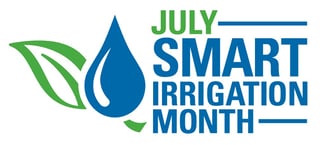 If you’re a green industry veteran, you’re probably familiar with smart irrigation practices and know that July is Smart Irrigation Month. Now in its 12th year, Smart Irrigation Month is an Irrigation Association initiative that exists to increase the awareness of the value of water and grow demand for water-saving products, practices, and services.
If you’re a green industry veteran, you’re probably familiar with smart irrigation practices and know that July is Smart Irrigation Month. Now in its 12th year, Smart Irrigation Month is an Irrigation Association initiative that exists to increase the awareness of the value of water and grow demand for water-saving products, practices, and services.
Did you remember to talk to your customers about water-saving smart irrigation practices this month? If not, it’s never too late.
As an EPA WaterSense Distribution partner, Horizon recognizes that water is a scarce resource and we have developed a catalog of resources to help you educate your organization and your customers about smart water practices. In this article, we’ll look at 5 tips to get you started.
Tip #1 – Use this Method to Quickly Check for Leaks

Checking every system component for leaks can be time-consuming. A quick way to see if there is a leak somewhere in your customer’s system is by checking your customer’s water meter.
The method is simple and takes less than a minute. When the irrigation system is shut off, go to the water meter and check the low flow indicator. If that flow indicator is moving, you have a leak somewhere in the system and you’ll need to do some additional troubleshooting to find the leak.
Tip #2 – Got Mulch?
Mulch can be a godsend to trees, bushes, flower, and shrubs. It stabilizes soil temperature, prevents weeds, adds nutrients to the soil, and conserves water. Richard Restuccia of Jain USA recommends using 2 to 4 inches of mulch around plants, bushes, and trees.
Tip #3 – Utilize Smart Watering Practices
When it comes to watering, less is more. The biggest problem with traditional irrigation systems and watering practices is that while they are largely effective at delivering water to lawns and landscapes, they are not designed to conserve water. Best practices for watering dictate that a system should be set up to:
- Water in the early to mid-morning. Watering in the middle of the day is less efficient because of evaporation. Watering in the evenings can lead to turf and plant disease because the water doesn't have time to dry and ends up sitting on the plants all night.
- Water in short cycles. Some plants and lawns need time for the water to soak in. Instead of watering for one long continuous session, split the watering time into shorter periods and allow a 15-30 minute break in between. You'll end up watering less, but the plant will receive more.
- Water in zones. Different types of plants require different amounts of water. Newer trees and shrubs require more water less frequently than grasses and shallow-rooted plants and may not require any water at all once established.
Dealing with a system that wasn’t hydrozoned correctly during installation? Check out this video.
Tip #4 – Upgrade to the Right Smart Water Controller for the Property
A smart water controller is the backbone of any smart irrigation system, but choosing the right one can be challenging. To identify the right controller for your business and your customer’s property, start with these questions:
- What parameters does the controller take into account? There’s a ton of data that can go into a controller and the right controller will take the needs of the property and the region into account. Does the controller allow you to input sun exposure, slope, soil type, plant material etc.?
- How often does the controller adjust? Hourly, daily, monthly?
- Where does the controller get its data? A sensor on-premises? Satellite communication?
- Are there recurring charges for the data?
- Does the controller have access to historical data? Especially important when the controller loses communication with the satellite.
- Will the manufacturer support you? When something goes wrong and you need help troubleshooting, does the manufacturer have a local representative that is willing to come to the job site and help you?
Tip #5 - Know When to Switch to Drip Irrigation
Smart water sprays are a great way to irrigate large open areas, but there are situations where drip irrigation is a better solution.
Drip irrigation is ideal in zones where plants, shrubs, and trees are spaced far away from one another. As plants grow, the plant itself can get in the way of the spray head, deflecting water onto buildings, driveways, and sidewalks. This not only wastes water, it also causes damage to the hardscapes and presents a liability risk to you as the homeowner.
Drip irrigation is also a great solution when watering small or oddly shaped areas where it can be a challenge to properly adjust the spray pattern to the dimensions of the zone. Dealing with a small zone that needs to be converted to drip? Check out this video.


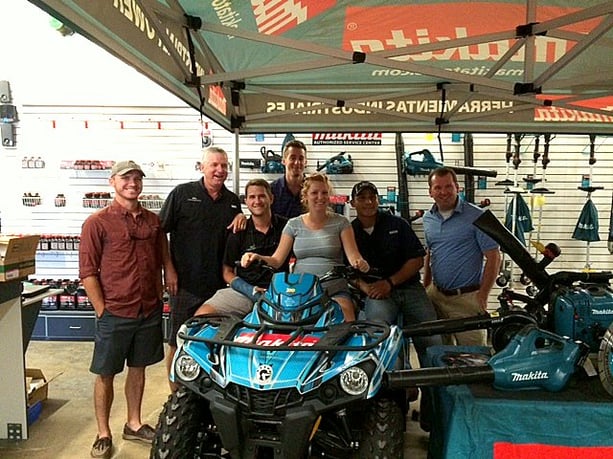

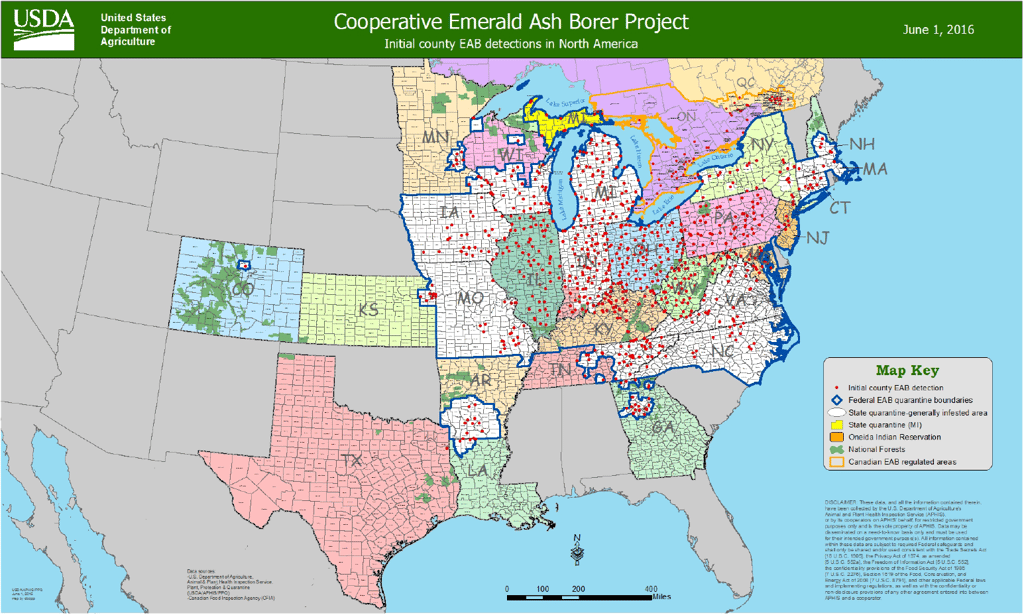
 Because emerald ash borers are not native to the U.S., our ash trees don't have any natural defense mechanism against this invasive insect; and once an ash is infected, it generally dies within 2 to 3 years if it's not treated early and effectively. What makes the situation even worse is that infestations often aren't identified until it's too late. And because they can easily be transported in firewood and wood products, it's tough to predict how quickly they will spread across Texas.
Because emerald ash borers are not native to the U.S., our ash trees don't have any natural defense mechanism against this invasive insect; and once an ash is infected, it generally dies within 2 to 3 years if it's not treated early and effectively. What makes the situation even worse is that infestations often aren't identified until it's too late. And because they can easily be transported in firewood and wood products, it's tough to predict how quickly they will spread across Texas. Ash trees with low population densities of EAB often exhibit little evidence of infestation. It's also difficult to identify EAB damage in the winter because they are still in the larvae stage of their lifecycle, feeding on the phloem of the tree.
Ash trees with low population densities of EAB often exhibit little evidence of infestation. It's also difficult to identify EAB damage in the winter because they are still in the larvae stage of their lifecycle, feeding on the phloem of the tree.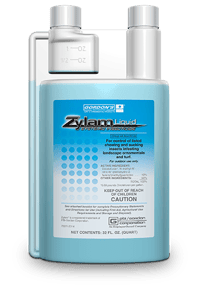 One of the benefits of Texas being the 26th state invaded by EAB is that there's a solid 10 years of research on the best methods for controlling this pest. Effective treatments have been identified!
One of the benefits of Texas being the 26th state invaded by EAB is that there's a solid 10 years of research on the best methods for controlling this pest. Effective treatments have been identified!

 With over 30 years of research, Dr. Robert Cialdini, is an internationally recognized expert in the fields of persuasion, compliance, and negotiation. Early in his career as a researcher, he spent 3 years infiltrating sales, advertising, public relations, and fundraising agencies. He would answer newspaper ads for trainees and pose as an aspiring professional so they would train him.
With over 30 years of research, Dr. Robert Cialdini, is an internationally recognized expert in the fields of persuasion, compliance, and negotiation. Early in his career as a researcher, he spent 3 years infiltrating sales, advertising, public relations, and fundraising agencies. He would answer newspaper ads for trainees and pose as an aspiring professional so they would train him.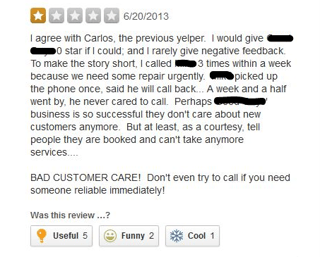
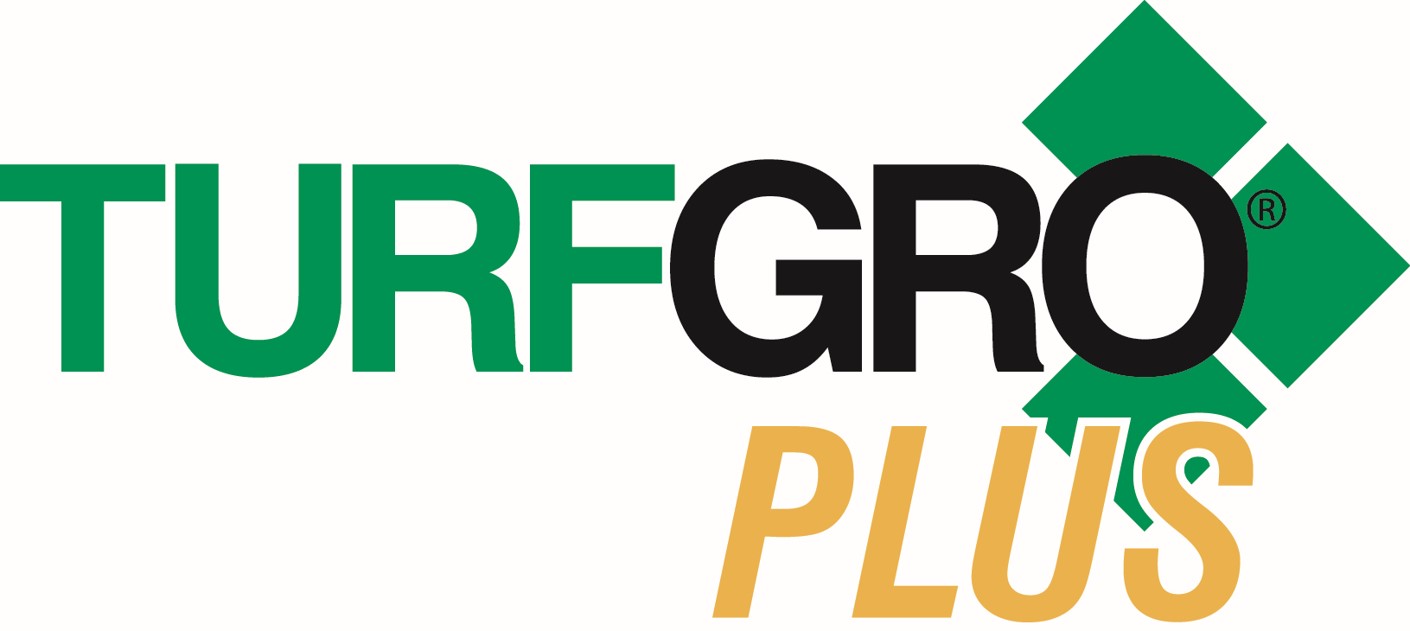
 If you're facing a situation where your turf needs fertilizer, but you can't water it in right away, using a fertilizer that is blended with the Sanctuary is an ideal solution. The Sanctuary is a high energy organic blending base that feeds the soil first and won't burn your turf.
If you're facing a situation where your turf needs fertilizer, but you can't water it in right away, using a fertilizer that is blended with the Sanctuary is an ideal solution. The Sanctuary is a high energy organic blending base that feeds the soil first and won't burn your turf. The word "mycorrhizae" literally means "fungus-roots" and reflects the mutually beneficial symbiotic relationship between specialized soil fungi and plant roots. In fact, about 95% of the world's plants form a mycorrhizal relationship in their native habitats.
The word "mycorrhizae" literally means "fungus-roots" and reflects the mutually beneficial symbiotic relationship between specialized soil fungi and plant roots. In fact, about 95% of the world's plants form a mycorrhizal relationship in their native habitats. Thanks to its patented EvenCoat Technology, Wolf Trax Iron DDP is coated onto every granule in the fertilizer blend. This results in a blanket-like distribution of the nutrient and places the nutrients closer to plant roots for earlier uptake, allowing the turf to develop an even, deep green color.
Thanks to its patented EvenCoat Technology, Wolf Trax Iron DDP is coated onto every granule in the fertilizer blend. This results in a blanket-like distribution of the nutrient and places the nutrients closer to plant roots for earlier uptake, allowing the turf to develop an even, deep green color.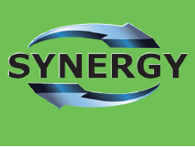 Aquatrols Synergy Technology is a unique patented combination of non ionic surfactants that was discovered while evaluating interactions between a variety of surfactant chemistries. This discovery yielded an exceptionally effective soil penetrant.
Aquatrols Synergy Technology is a unique patented combination of non ionic surfactants that was discovered while evaluating interactions between a variety of surfactant chemistries. This discovery yielded an exceptionally effective soil penetrant. Crystal Green is a slow release phosphorus source that will be added to our TurfGro Plant Pro Plus product line. When soil isn't providing enough phosphorus, roots can have a difficult time establishing and plants can struggle to recover from stress and disease.
Crystal Green is a slow release phosphorus source that will be added to our TurfGro Plant Pro Plus product line. When soil isn't providing enough phosphorus, roots can have a difficult time establishing and plants can struggle to recover from stress and disease. Apex-10 is an organic peat humic substance that will soon be added into our TurfGro Plus Starter fertilizer. A small amount of Apex-10 can make a big difference when you're laying sod or planting trees and shrubs.
Apex-10 is an organic peat humic substance that will soon be added into our TurfGro Plus Starter fertilizer. A small amount of Apex-10 can make a big difference when you're laying sod or planting trees and shrubs.


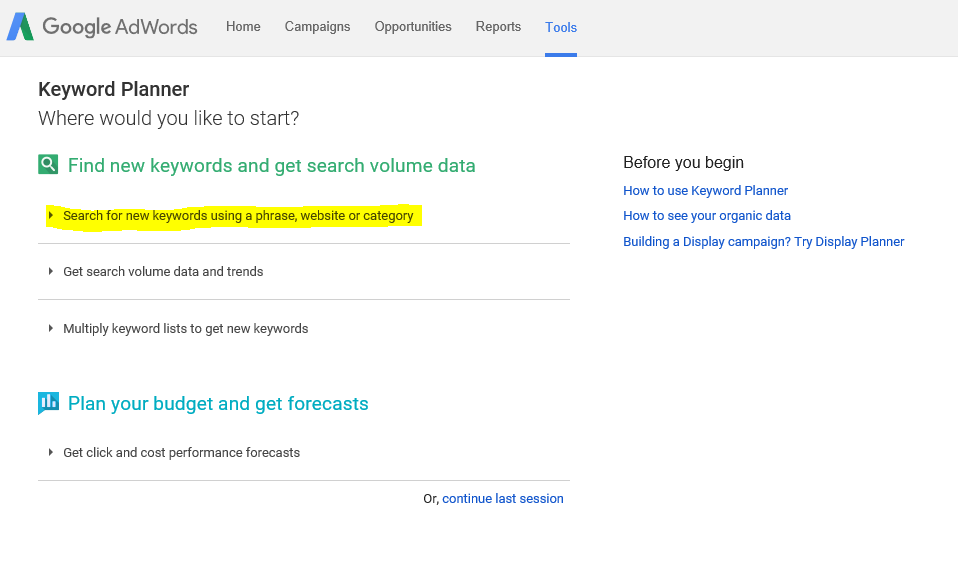 Step 2b. Enter the service you want to research and click the blue "Get Ideas" button. In this case, I searched for "tree removal".
Step 2b. Enter the service you want to research and click the blue "Get Ideas" button. In this case, I searched for "tree removal".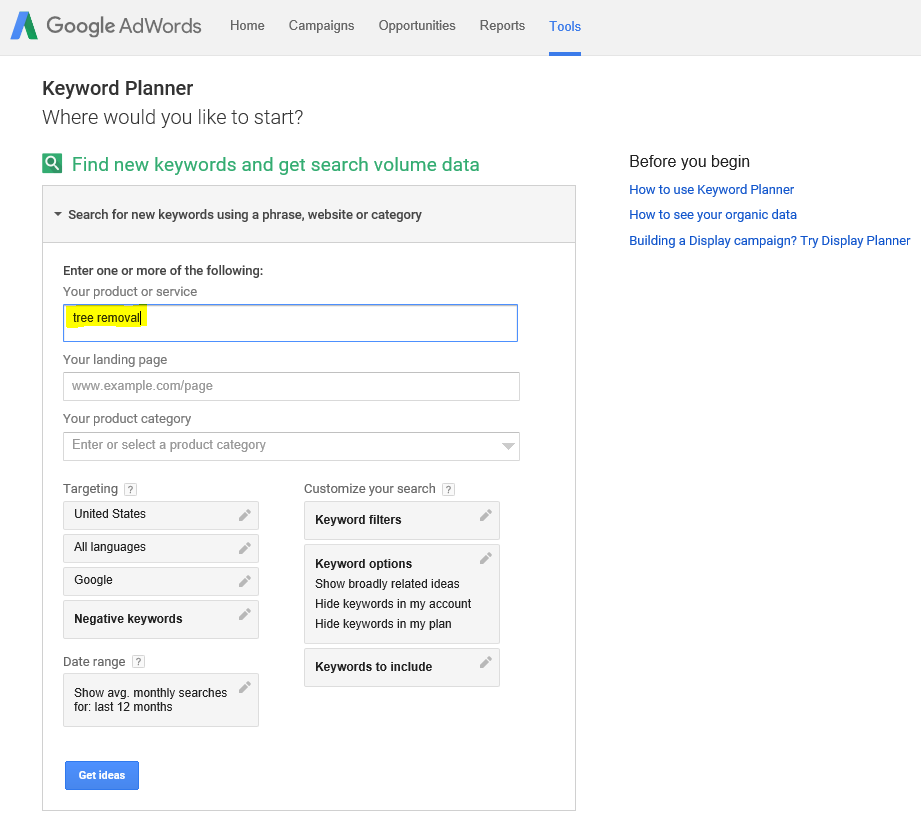
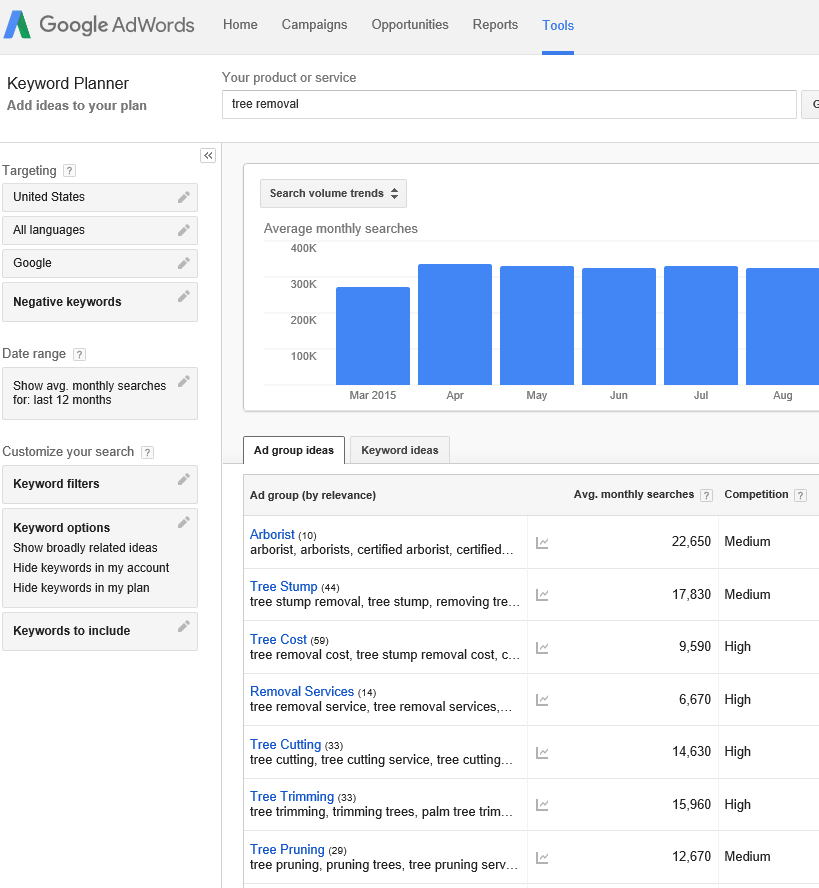


 As the drought continues in California, many landscapers are abandoning industry best practices in an effort to comply with
As the drought continues in California, many landscapers are abandoning industry best practices in an effort to comply with